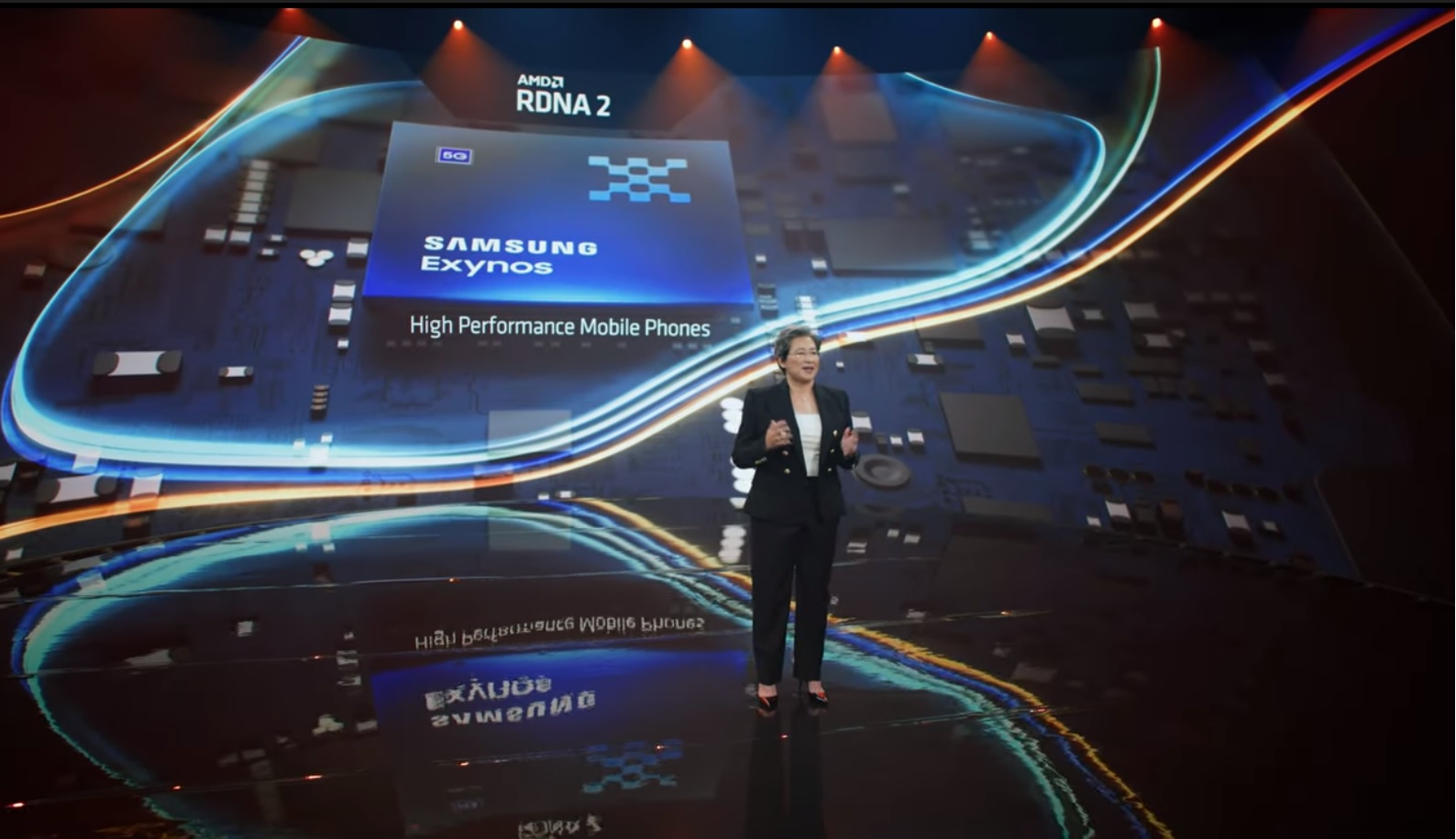Samsung Galaxy S22 will have ray tracing graphics – at least in one version
The next Exynos chip will pack AMD graphics tech and ray tracing, AMD said at Computex.

We still haven’t heard many rumors regarding next year’s Samsung Galaxy S22, but we just learned something official that will absolutely be coming in the new phone. The news came out of Computex 2021 of all places, where AMD CEO Dr Lisa Su confirmed that the company is bringing its graphics tech – including ray tracing – to the next generation of Samsung Exynos chipsets.
Those Exynos chipsets will almost certainly end up in the Samsung Galaxy S22 – at least in some versions that, traditionally, have packed the Samsung-built Exynos chips and are only sold in some markets. Other regions, including the US, will likely continue to get flagships like the Samsung Galaxy S22 with a Qualcomm Snapdragon chipset.
It’s entirely possible that Qualcomm’s next top-tier Snapdragon mobile chip will also allow ray tracing and variable rate shading capabilities (which AMD also announced), but right now, only the Exynos is confirmed to offer these graphical features. Heck, this makes the Samsung Galaxy S22 (with Samsung silicon) the first phones confirmed to get ray tracing, well, ever.
A confirmed partnership – but with few known details
A rumor back in May suggested the forthcoming Samsung Exynos 2200 chipset would feature an AMD GPU, and while that hinted partnership is now confirmed, we still don’t know how much of the AMD RDNA 2 and the company’s “custom graphics IP,” as Dr Su said on the Computex stage, is coming to the next Exynos silicon.
The prospect of bringing ray tracing – a graphics rendering technique to produce realistic lighting and reflection effects, which has only been possible with the newest and best graphics cards – to mobile is huge. It also raises questions about the competition.
Will Qualcomm’s next Snapdragon chipset be capable of ray tracing effects? Together, could that give Android mobile gaming a serious edge over iOS? Will the A15 Bionic silicon in the iPhone 13 be similarly capable, or even more so? Or will Apple go in a different direction, and now that its desktop M1 chipset is available on the iPad Pro 2021, get its computing silicon on mobile and boost graphics power that way?
There’s a lot we don’t know, and we’ll wait for Samsung to announce more details later this year, as AMD’s Dr Su said, closing the all-too-brief announcement that one of the most cutting-edge graphics tech is coming soon to smartphones.
Get daily insight, inspiration and deals in your inbox
Sign up for breaking news, reviews, opinion, top tech deals, and more.
Via PhoneArena
- Stay on top of tech news with the TechRadar newsletter
David is now a mobile reporter at Cnet. Formerly Mobile Editor, US for TechRadar, he covered phones, tablets, and wearables. He still thinks the iPhone 4 is the best-looking smartphone ever made. He's most interested in technology, gaming and culture – and where they overlap and change our lives. His current beat explores how our on-the-go existence is affected by new gadgets, carrier coverage expansions, and corporate strategy shifts.
